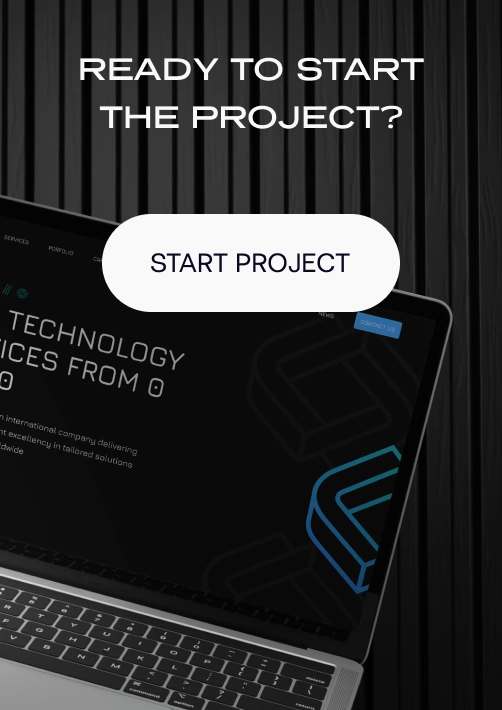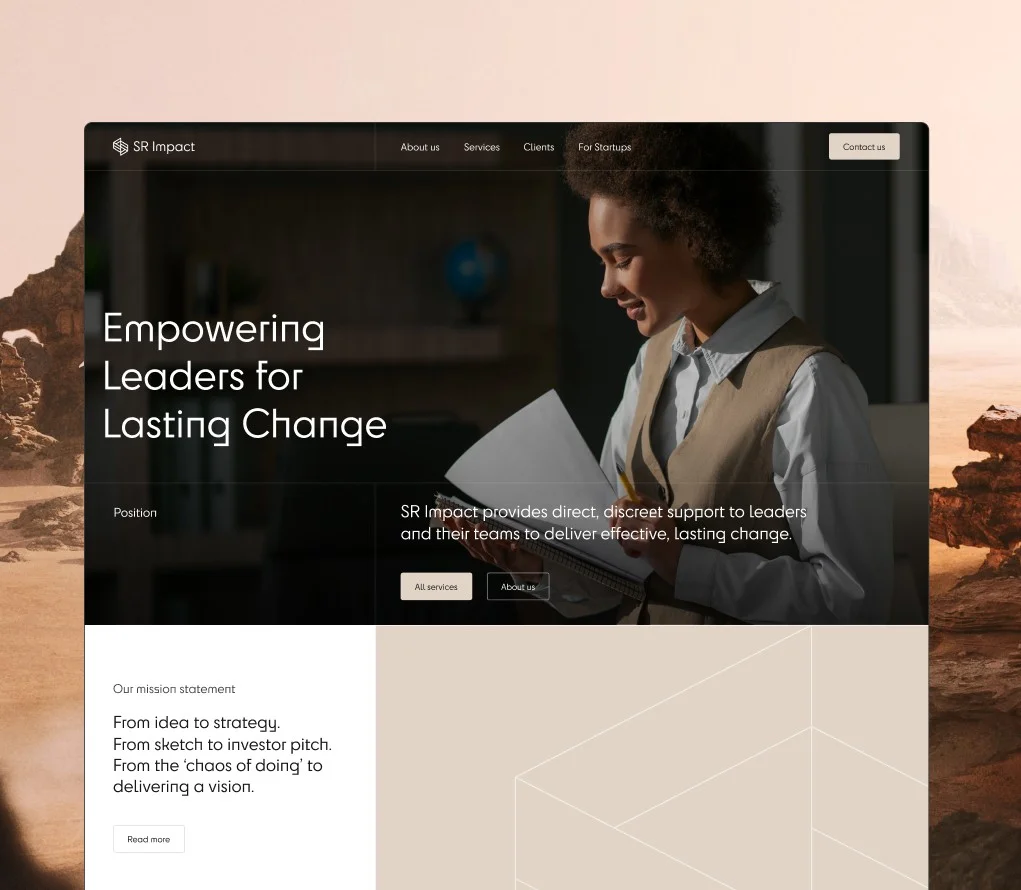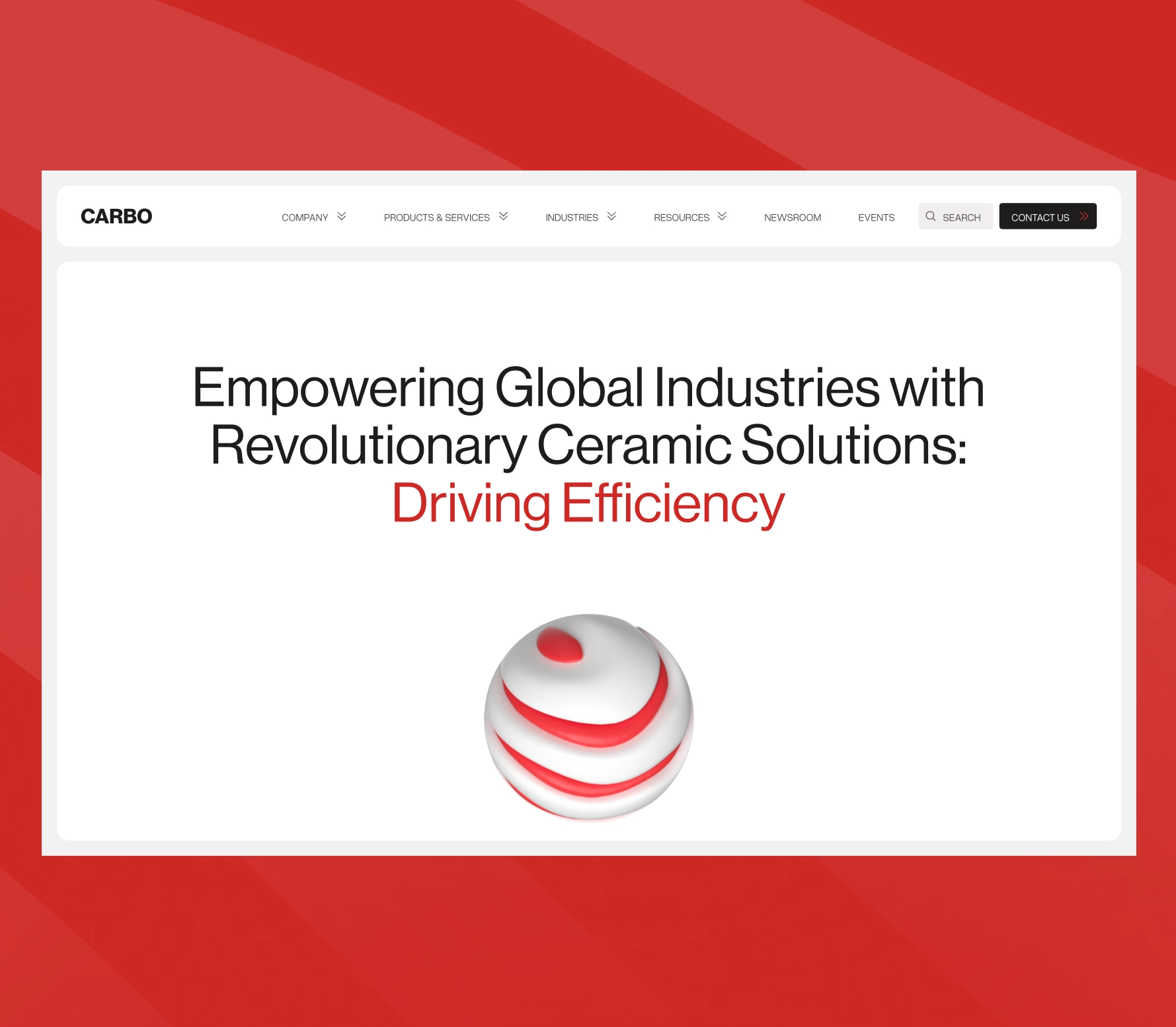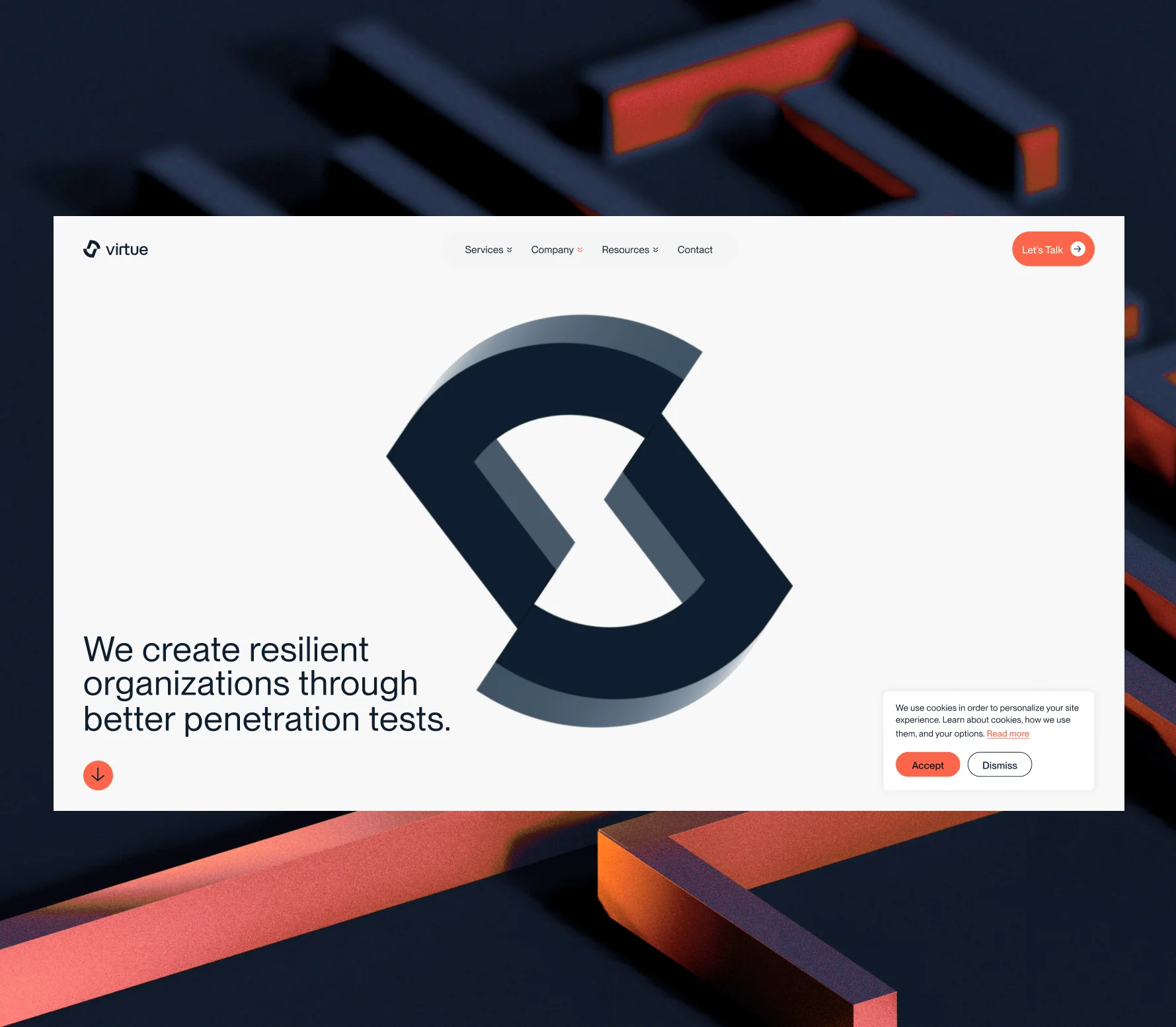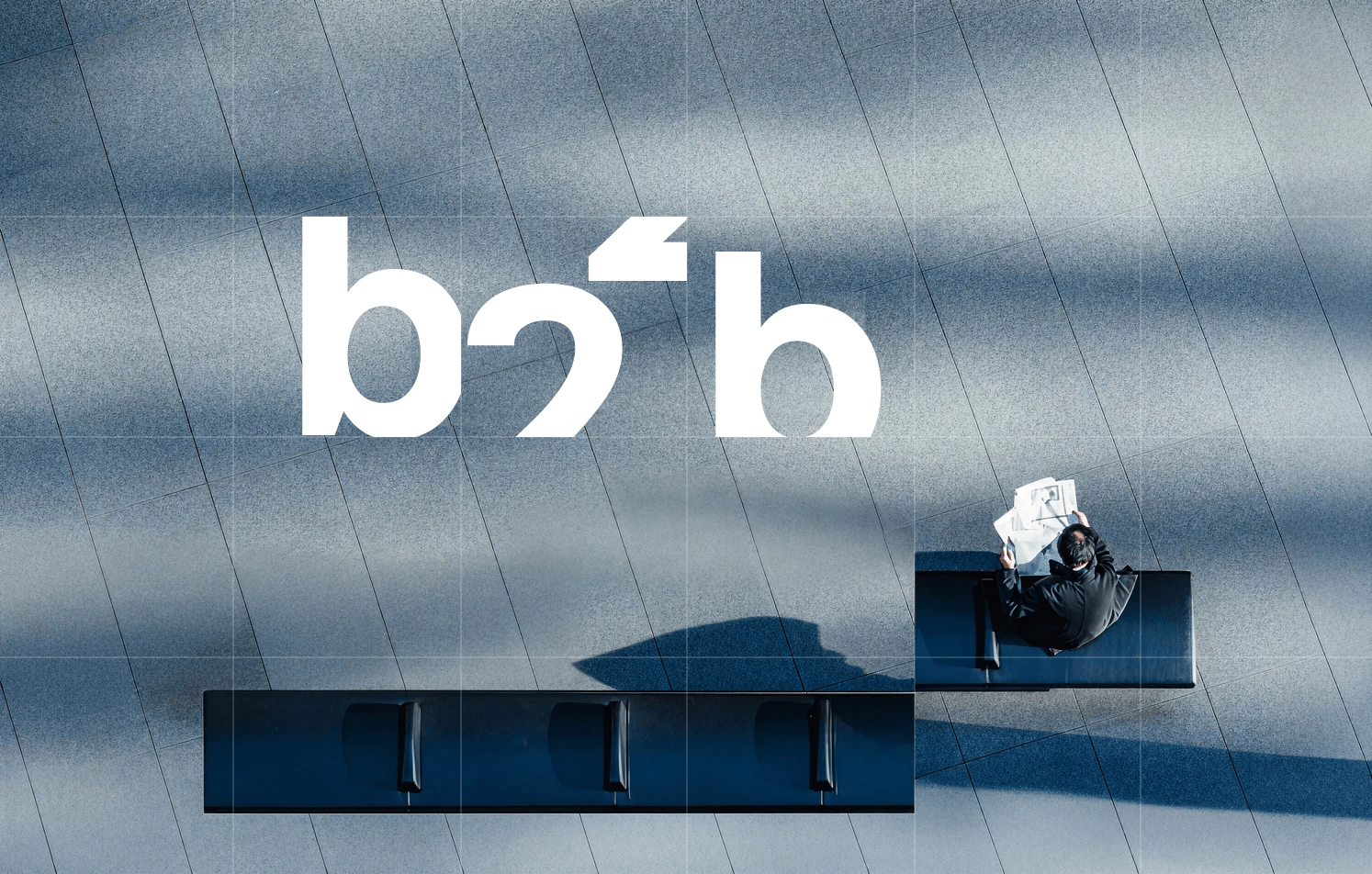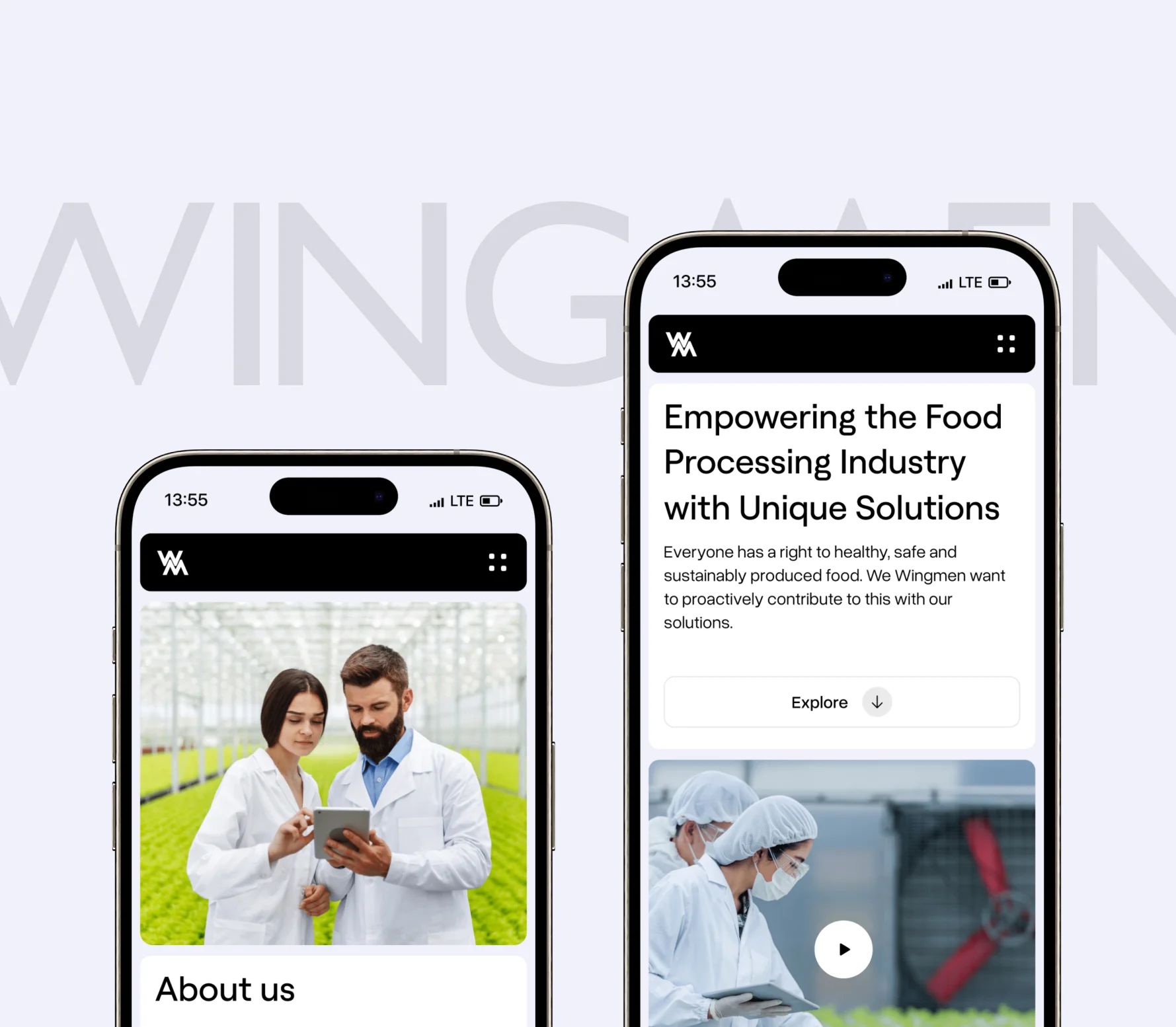Your SaaS product may be brilliant, but if the website fails to convince potential customers within those critical first 10 seconds, sales slip away before conversations even begin. Every visitor represents potential recurring revenue. Monthly subscriptions that compound into substantial lifetime value. Yet most SaaS websites function like digital brochures rather than sophisticated conversion systems.
Well-designed SaaS web architecture differs fundamentally from traditional corporate websites and frequently becomes the deciding factor in whether your company achieves rapid growth or fights for every customer. This isn’t merely aesthetic preference. It’s measurable business impact. McKinsey’s comprehensive “Business Value of Design” analysis revealed that companies with superior design capabilities consistently outperform competitors in revenue growth by 32%. In the SaaS landscape, where customer acquisition costs continue rising and retention becomes increasingly competitive, this design advantage translates directly into market dominance.
When your website operates as a strategic revenue generator, working around the clock to qualify leads and demonstrate value, it becomes the foundation of predictable growth.
Why do SaaS companies need specialized web design architecture?
Software products operate in a fundamentally different sales environment than physical goods. Unlike traditional products, SaaS solutions face unique challenges: longer sales cycles, multiple decision-makers, complex pricing models, and the need to build trust before prospects commit to ongoing subscriptions.
Researchers Hylewski and colleagues discovered an interesting phenomenon: simply moving a CTA button, changing the location of a form, or even changing the sequence of visual elements can increase or decrease conversion by 20-40%. This means that website architecture directly affects your revenue. So why earn 40% less when you can earn 40% more?
Traditional corporate websites tell you about the company. SaaS web design company solves fundamentally different problems:
- Complex-to-simple translation. SaaS products often involve intricate technical processes that prospects must understand quickly. Architecture translates complex workflows, integrations, and technical functions into clear benefits that decision-makers can evaluate within minutes.
- Multi-stage conversion funnels. SaaS requires guiding prospects through several touchpoints: initial awareness, trial signup, onboarding, and subscription commitment. The website’s structure should support this journey while maintaining engagement at every stage.
- Trust-building before trial. Free trials still demand a clear reason for prospects to invest their time. The website must convey credibility, demonstrate potential return on investment, and address security concerns before users agree to share data or integrate the tool into their workflows.
- Results-focused demonstration. SaaS buyers want to see tangible outcomes. Architecture should include interactive demos, customer metrics, and use-case scenarios that show how the solution improves real situations.
The mathematics are straightforward: specialized SaaS web design architecture can improve user experience and directly multiply revenue. Every pixel placement, every interaction sequence, every trust signal works together to transform skeptical visitors into committed subscribers. Companies that treat their website as a sophisticated sales instrument rather than a digital brochure consistently outperform competitors who settle for generic corporate design.
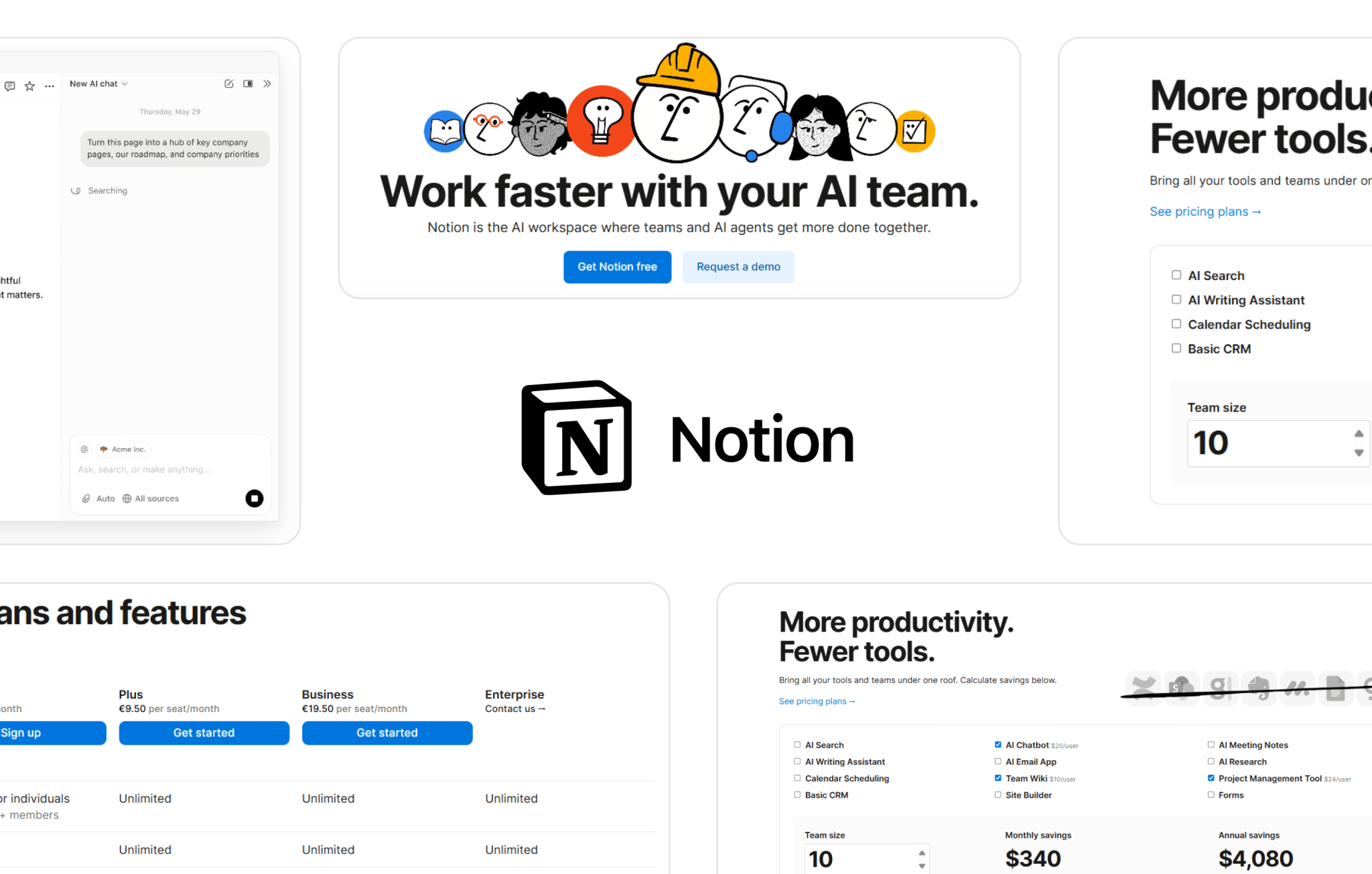
Key elements of effective SaaS web design
The first few seconds determine the future
Have you ever heard the interesting fact that when a person meets their “soul mate,” it takes only 0.12 seconds to fall in love? It seems too romantic and irrelevant to the topic of this article. However, a similar formula applies to “warm” relationships with online platforms. A visitor to your site decides whether to stay or leave within 8-10 seconds. During this time, they need to understand what you offer, why they need it, and what to do next. Therefore, the seven critically essential elements include:
- A headline that instantly explains the value of the product
- A problem-focused subheading with a clear pain point
- A real interface preview instead of abstract visuals
- A clear trial pathway (free trial, demo, or consultation)
- Relevant social proof with trusted company logos
- ROI indicators with concrete metrics
- Differentiation markers that highlight uniqueness
Remember: SaaS buyers don’t purchase software — they invest in solving business problems. Your website should speak the language of outcomes, not features.
But simply having the right elements isn’t enough — how you present them makes all the difference. This brings us to a fundamental principle that separates successful SaaS websites from the rest.
Show, don’t tell: how to better present your product
The most common mistake of SaaS websites is endless lists of features. Potential customers are not interested in “what your platform can do,” but “what problem it will solve for me and what results I will get.”
Instead of “We have automated reporting,” write “Save 15 hours a week on creating reports.” Each feature should be converted into a specific benefit with numbers. Yet even the most compelling benefits need validation from real users. This is where the psychology of decision-making becomes crucial, particularly when prospects are evaluating solutions they’ve never used before.
Social proof: the psychology of trust
An interesting fact from the Journal of Business Research is that the presence of customer reviews increases the willingness to try a SaaS product. But video testimonials have proven to be the most effective — they convert 30% better than text reviews.
The formats that work best today are:
- Detailed case studies with specific metrics (for example, the most common “increased productivity by 40%”)
- Short video interviews with real customers
- Ratings and reviews from platforms such as Trustpilot, G2 or Capterra
- Statistics on active users or processed data
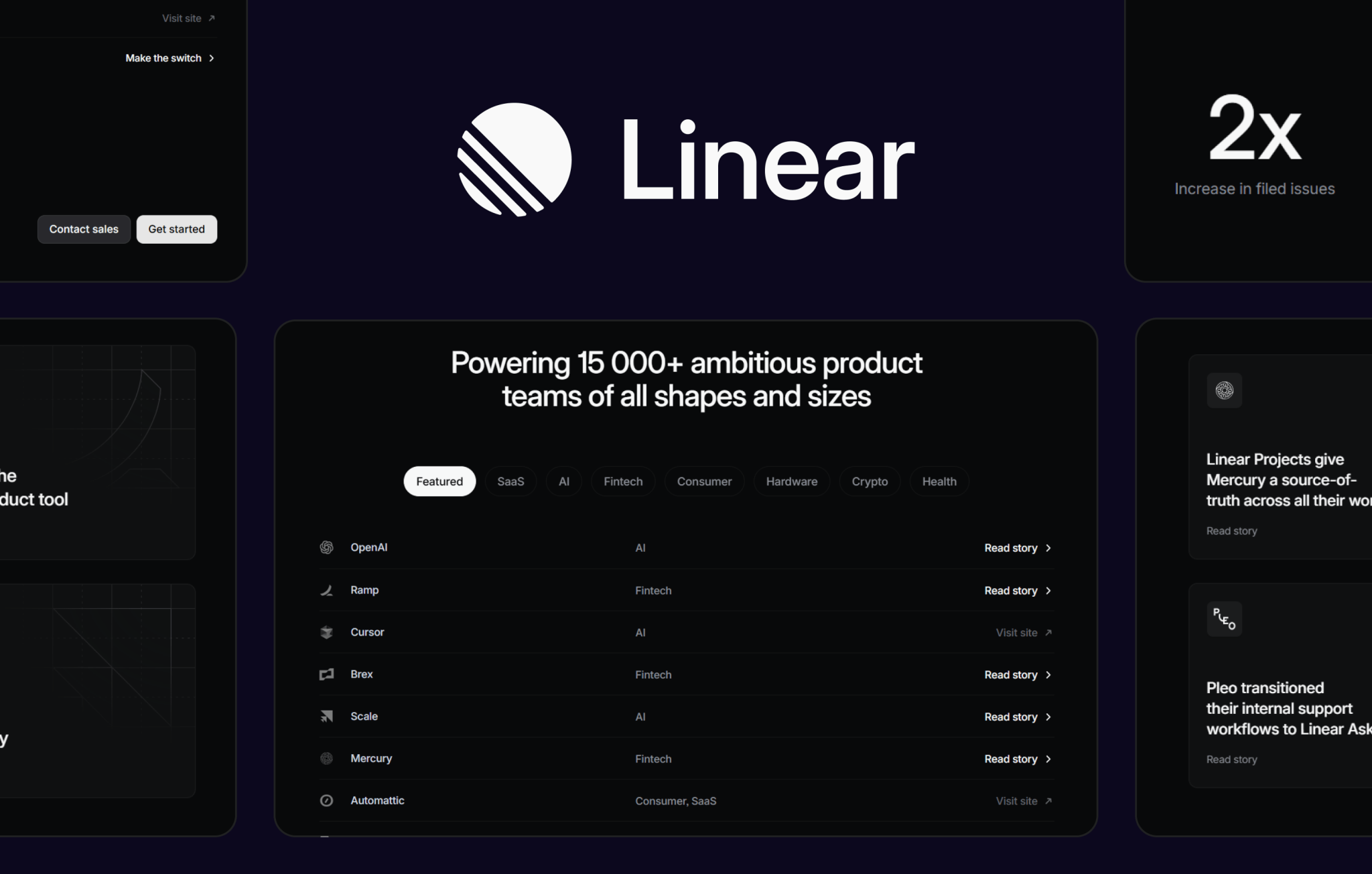
Recognizing these psychological triggers matters, and making them work in practice depends on a thoughtful development strategy. SaaS products are too complex to rely solely on intuitive design.
The process of SaaS website development and step-by-step planning
SaaS projects demand a sophisticated blend of creative communication strategies and technical implementation expertise. Your development partner must navigate B2B sales psychology while architecting complex integrations and analytics systems. The subscription model introduces layers of complexity absent from traditional e-commerce or corporate sites — prospects evaluate long-term partnerships, not one-time purchases. Website development does not tolerate chaos. Therefore, it should be approached comprehensively.
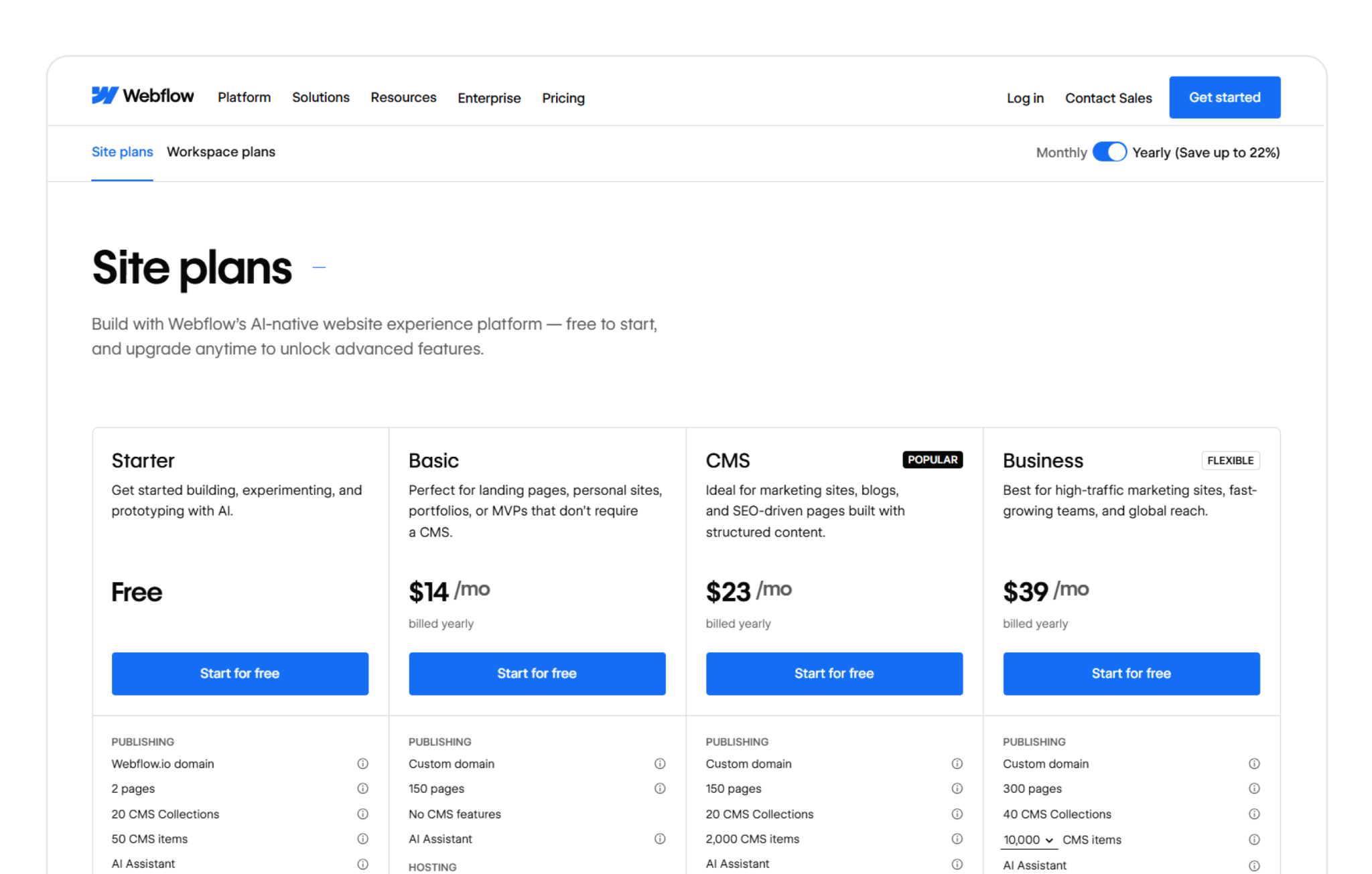
- Audience research is the foundation. Different roles seek different information. The CTO is interested in technical details and security. The CMO wants to see analytics and reporting capabilities in place. The CFO looks at ROI and cost of ownership. There is a joke, “If you want to find a criminal, think like a criminal,” but there is also some truth in it that will help you adapt your web resource to the needs of a specific audience. Therefore, create separate “paths” for each role or at least adjust the content to different needs.
- Designing the user journey. Build a map of the user’s path from first contact to subscription payment. Each page should logically lead to the next step. No one should get “stuck” and not know what to do next. This systematic approach reveals critical transition moments where prospects either advance toward commitment or abandon the evaluation process entirely. The journey mapping process exposes friction points that cause visitor exit — confusing navigation, missing information, or unclear next steps. Effective SaaS websites orchestrate carefully sequenced conversion flows that provide necessary information while eliminating barriers to progression. Understanding these decision points allows developers to optimize page relationships, content placement, and call-to-action positioning throughout the entire user experience.
- Testing hypotheses. A/B test critical elements: headlines, buttons, forms. Intuition can fail you, but data never lies. Testing reveals counterintuitive insights — sometimes longer forms perform better than shorter ones, or technical language converts more effectively than simplified explanations. This data-driven approach eliminates guesswork from optimization decisions. The development process should incorporate testing frameworks from launch, enabling continuous refinement based on real user behavior rather than theoretical best practices.
These methodical development approaches have shaped what we’re seeing in the most successful SaaS websites today. The landscape has evolved dramatically, with certain patterns emerging as clear winners in the current market.
Best SaaS websites 2025: what works now
Modern SaaS websites focus on interactivity. Live demos, long descriptions by short videos, and general phrases by personalized messages replace static screenshots. Let’s face it, it’s harder to tear us away from funny videos on Instagram or TikTok than from reading a scientific article. So why not use this knowledge not only for entertainment, but also for interacting with customers?
Currently, the trends shaping the industry include:
- Mobile experience as a priority (50%+ of traffic)
- Interactive savings or ROI calculators
- Video instead of text where possible
To avoid being vague, let’s look at some real examples. For example, Assembly proves the power of simplicity in SaaS.“The customizable client portal built for modern firms” — a headline without marketing hype works more effectively than grandiose promises.
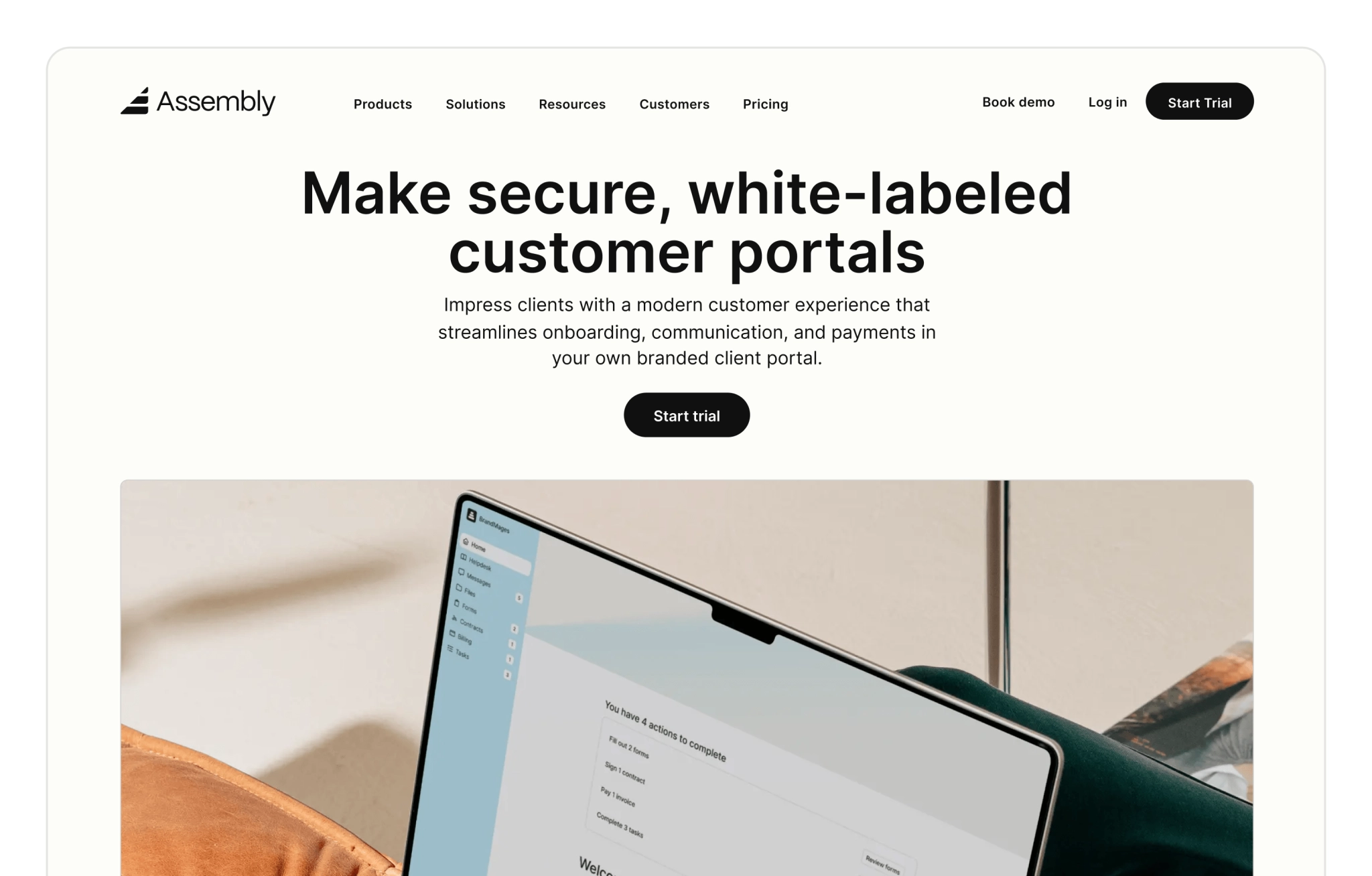
Demo videos, reviews, and features are presented without chaos. The navigation includes everything you need: product features, use cases, pricing, and a blog. Speaking of the blog, it deserves special attention, as the articles are structured with a table of contents, and the typography creates a comfortable reading rhythm. The pricing page uses white space as a focusing element.
If Assembly is about restrained minimalism, then Welcome goes down the path of premium experiences and wow effects. The platform for virtual events for marketing teams presents itself as a work of art without exaggeration.

The home page is theatrical and interactive — visitors understand in seconds how the product is better than conventional webinar solutions. The video in the hero section demonstrates the mechanics, and the entire design screams high quality. The pricing page reflects an enterprise approach: a starter plan with a transparent price, and the rest are individual offers. The FAQ at the bottom of the page anticipates possible customer questions — a technique that many SaaS companies lack.

While Welcome impresses with its design, Spline goes further, turning the site into a live demonstration of its capabilities. The 3D graphics editor makes the home page an interactive playground where each element shows the tool’s potential.
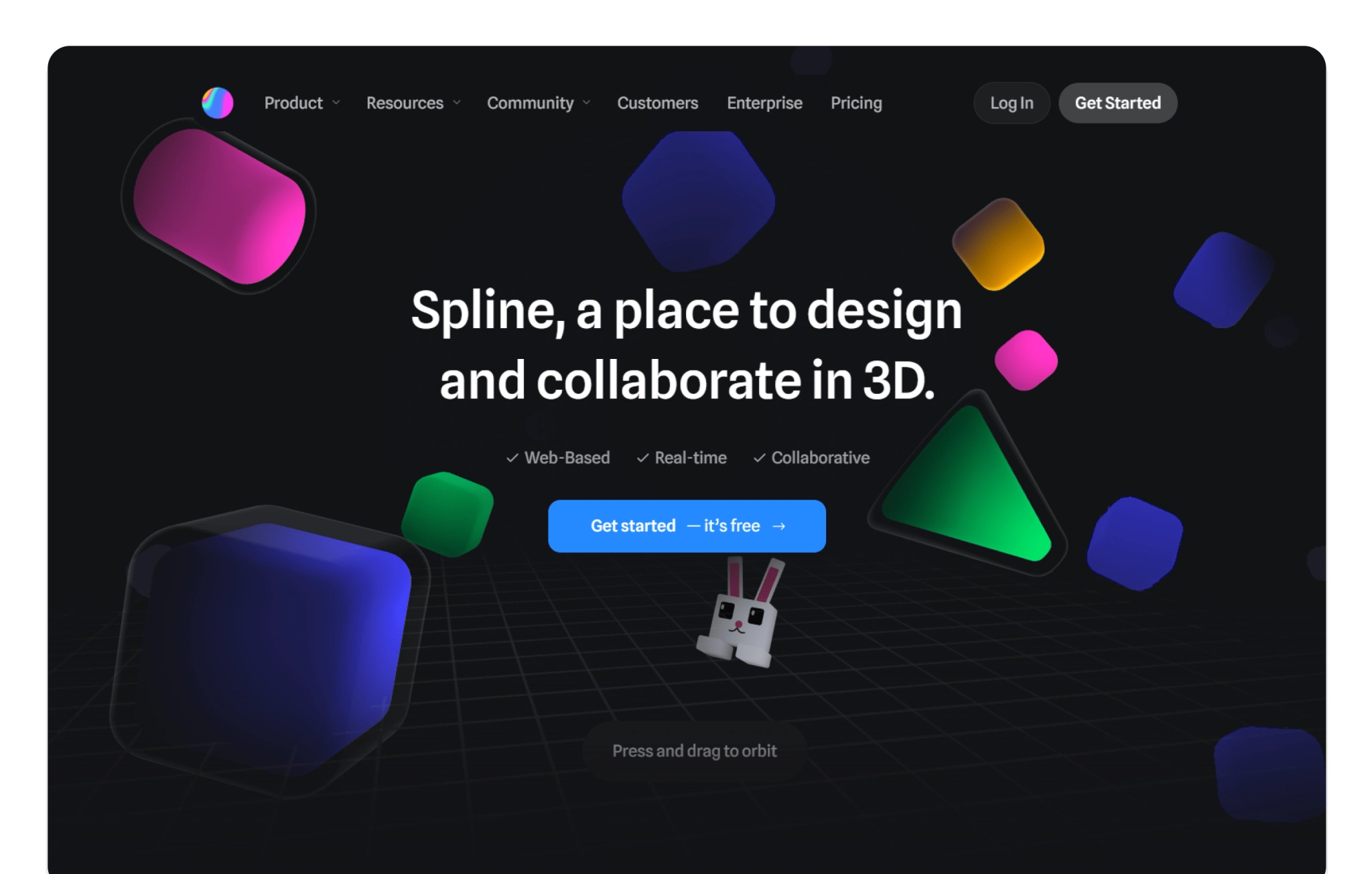
As we noted at the beginning of this section, this is smarter than text descriptions or static screenshots. The main trump card of the resource, which is the first thing a client sees when visiting the site, is a separate dashboard with client logos, which includes Google, Shopify, Accenture, GIPHY, Webflow, Alloy, Microsoft, Meta, Snapchat, Siemens, Burton, and Neon.
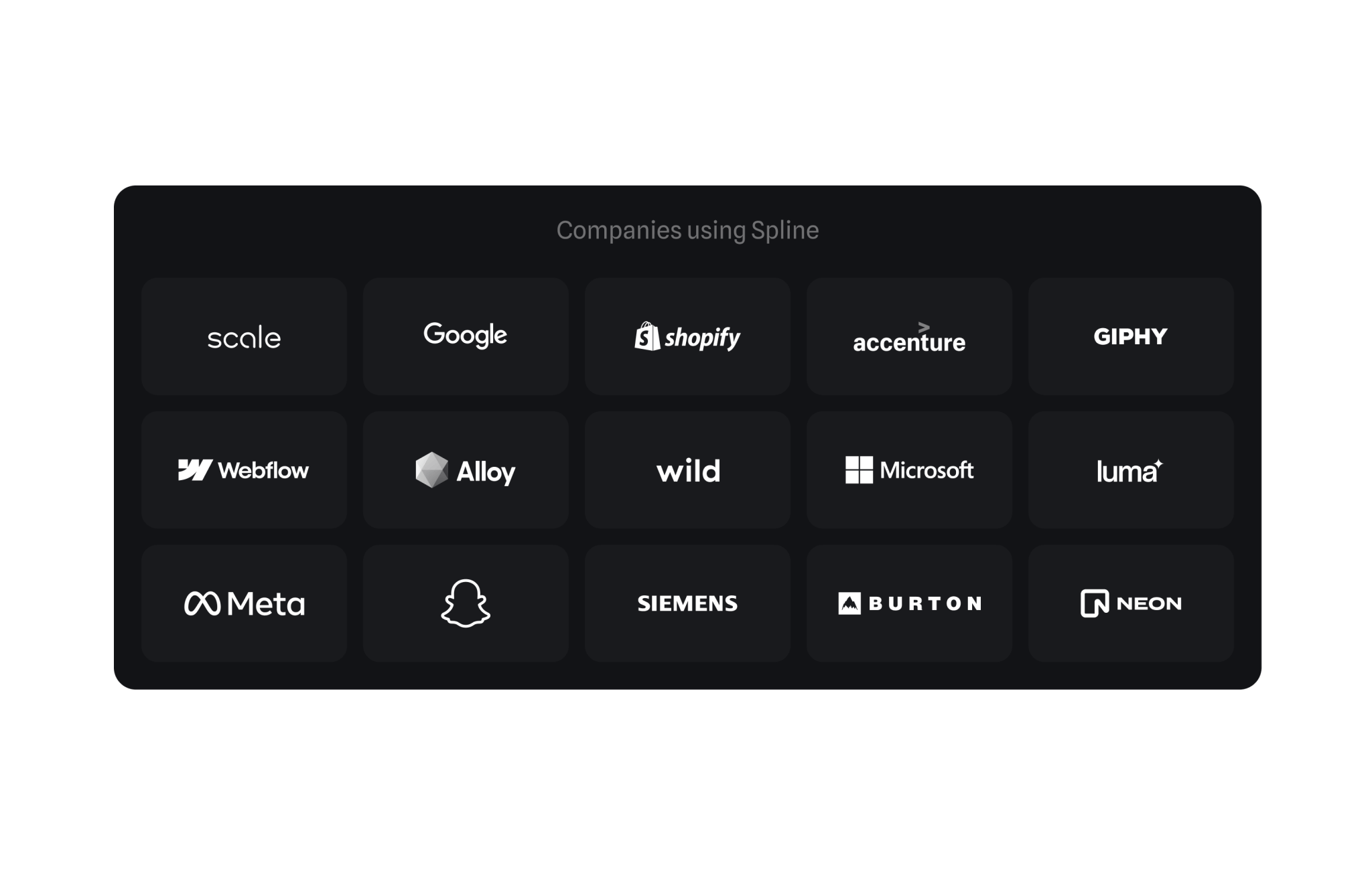
Such a track record sounds pretty decent, doesn’t it? It immediately increases the level of trust. The navigation is quite Spartan: features, community on Discord, Twitter, documentation in Notion format. The latter solution may seem strange after the luxurious websites of previous companies, but for a young product, it is justified — fast, flexible, without unnecessary development costs.
Why is a landing page not enough for a growing business?
As a rule, one-page websites are used by entrepreneurs only when they need to sell a single product and not distract the consumer’s attention with extraneous details. For example, corporate communications training, a limited edition book signed by the author, a gift set, forum registration, consultation, video lesson. The formula here is simple: one product = one page. That’s enough.
Although a startup can get by with a landing page, a mature company needs a more complex architecture for different audiences and purposes.
The enterprise segment requires depth. Large customers make decisions more slowly and need more information. They are looking for:
- Detailed information about security and certifications
- Integration capabilities with their systems
- Case studies from similar large companies
- Contacts for procurement departments
It’s no secret that companies that implement SaaS solutions demonstrate a significant reduction in IT costs and increased innovation. Your blog and knowledge base should showcase these benefits through practical examples and case studies.
Quality content not only attracts visitors — it builds a reputation as industry experts.
How to choose the right SaaS web design provider?
The most impactful results occur when branding, UI/UX design, and development work as a unified system. Web design for SaaS demands particular attention to onboarding flows and feature accessibility, while FinTech platforms require seamless security integration without sacrificing user experience. Real estate portals need intuitive search mechanisms, and media platforms must balance content delivery with engagement optimization.
This comprehensive approach consistently delivers measurable conversion improvements within three months of launch. Each element — from initial brand positioning through complex web platform development — contributes to creating systems that generate revenue continuously rather than capturing fleeting attention.
VALMAX has refined this methodology through extensive work across these demanding sectors, developing digital solutions that transform visitor traffic into sustained business growth through strategic design and robust technical implementation.
GET A TEAM THAT’S ALWAYS ON YOUR SIDE
Retainer Contract gives you reliable support whenever you need it
Your questions, answered
What are the specifics of SaaS web design?
SaaS web design is a focused approach to building websites for software products. Its core task is to translate a technically complex service into a clear, accessible solution that directly addresses the client’s needs.
What analytics do you implement for SaaS websites?
Advanced tracking goes beyond basic Google Analytics to monitor trial conversions, feature interest, and user engagement patterns. Implementation includes heat mapping, conversion funnel analysis, and custom event tracking for pricing interactions and demo requests. Revenue attribution systems connect website behavior to subscription outcomes, enabling data-driven optimization decisions.
How much does a corporate website for SaaS companies cost?
Pricing is tailored to each project. From streamlined corporate websites to complex enterprise platforms with custom integrations, resources and technologies are adjusted to match the required functionality. Final costs are defined individually after a thorough analysis of project scope, technical specifications, and business objectives.
What content strategy works best for SaaS websites?
Content strategy for SaaS sites requires careful information architecture and visual hierarchy. Effective design approaches include progressive disclosure of complex features through interactive demos, scannable case studies with clear visual metrics, strategically placed social proof elements, and modular content blocks that adapt to different user personas. The design should guide users through logical information flows from problem awareness to feature exploration to trial conversion, using visual cues, micro-interactions, and content prioritization that reduces cognitive load during complex decision-making processes.
How do you handle SaaS website security requirements?
Security measures typically include SSL certificates, secure form processing, GDPR compliance, and protection against common vulnerabilities. Enterprise clients often request additional security documentation, independent audits, and industry-specific compliance certifications before evaluating a solution. These measures must balance strong protection with smooth user experience to avoid conversion barriers.
Why hire a SaaS web design agency?
A SaaS web design agency understands the psychology of subscription sales, the specifics of the B2B market, and has experience with product-led growth strategies. This saves time and increases efficiency.
rate this article
5 / 5.0

based on 2 reviews

